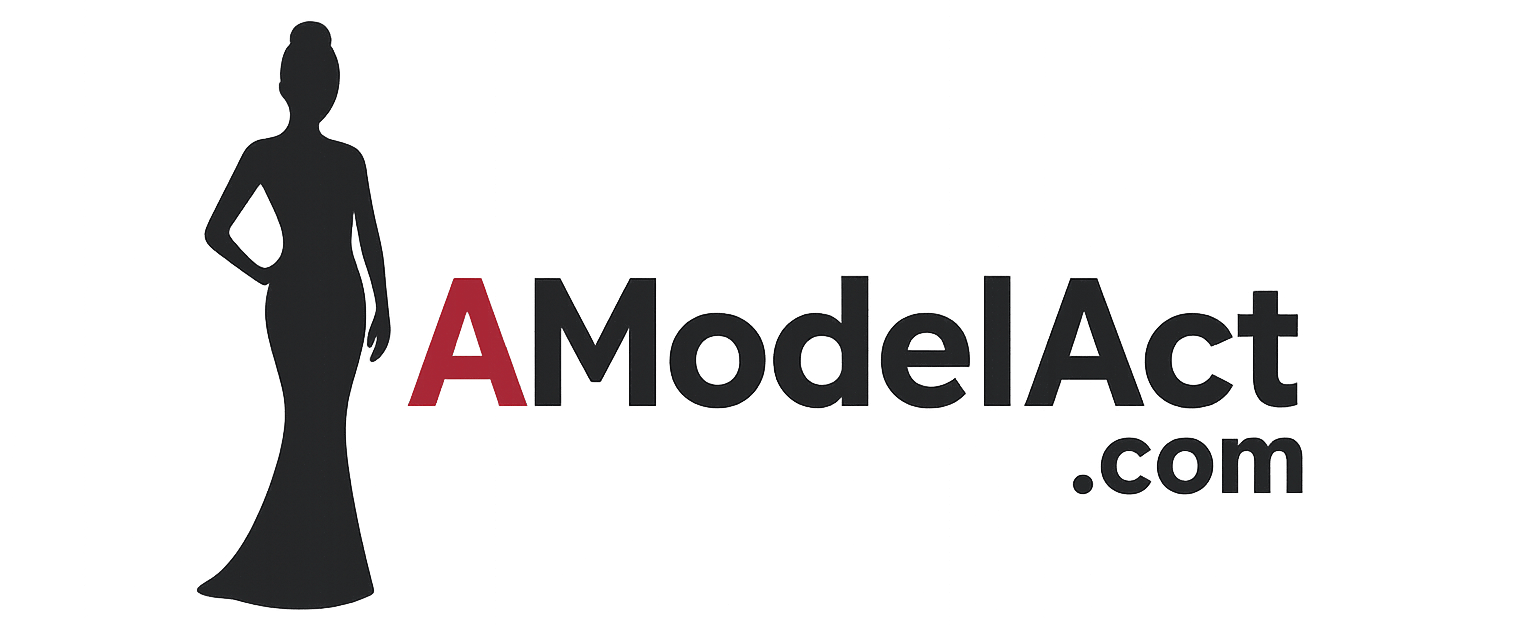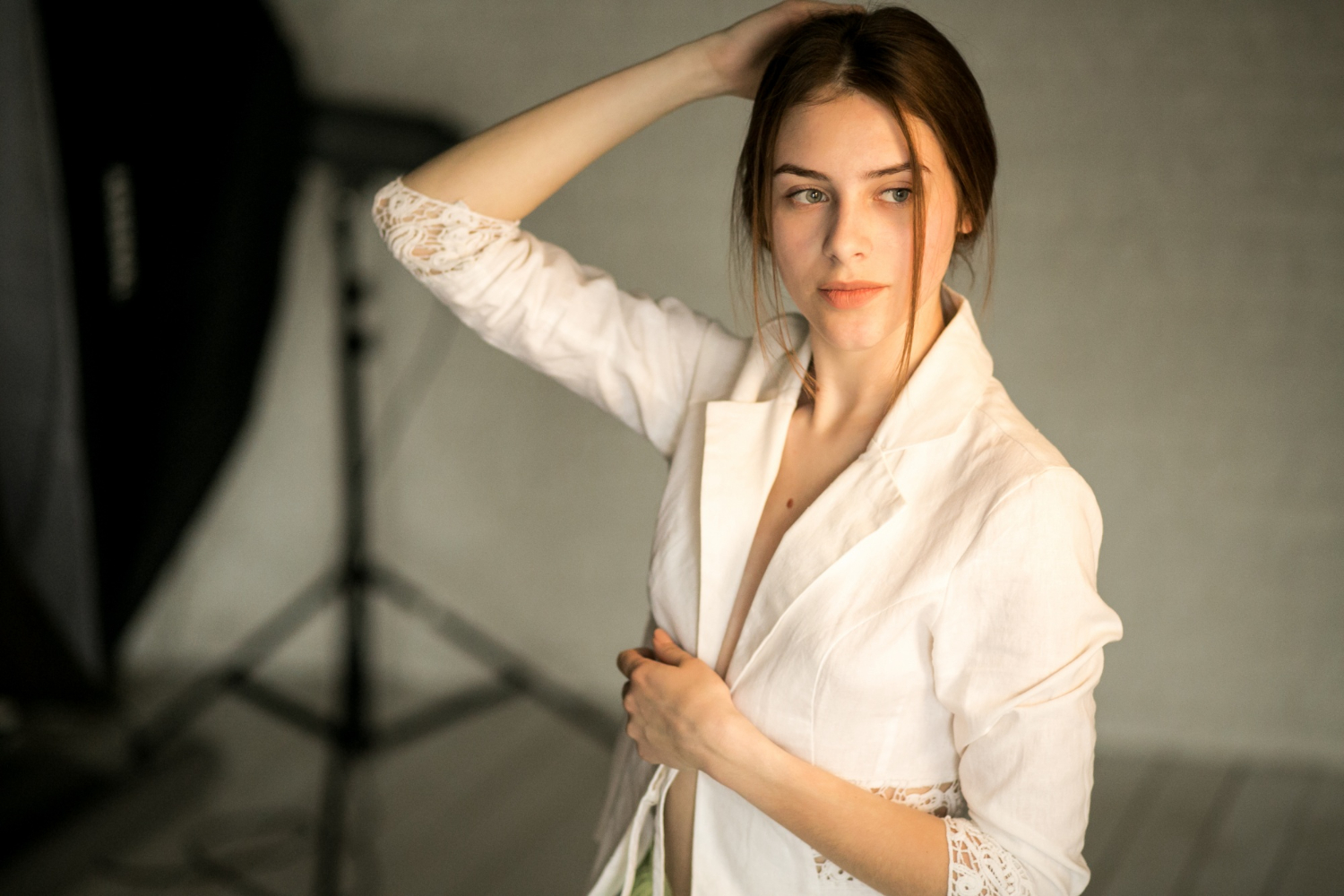Confidence in front of the camera doesn’t happen by accident. It’s something I’ve worked on deliberately, understanding my angles, using my body language effectively, and tapping into the energy of each shoot. Knowing how to pose like a professional model can make a dramatic difference in the quality of your photos, your relationship with photographers, and your success in bookings. This isn’t just about looking good, it’s about telling a story with your body and expressions.
Why Posing Matters More Than You Think
The best lighting, camera, and makeup won’t save a shot if the posing feels stiff or disconnected. I’ve learned that posing is an art form, a communication tool. It helps express emotion, style, and intention. Whether I’m modeling for an editorial spread or a commercial lookbook, my pose helps define the brand’s visual message. Every hand placement, facial expression, and tilt of my body contributes to the final image.
Starting With the Basics
Before diving into advanced tricks, I focused on mastering the fundamentals. Posture is non-negotiable. I stand tall, shoulders relaxed, and spine aligned. I keep my neck elongated without craning, and I’m always aware of where my limbs are. Even a finger can break the flow of a pose if it’s out of place. It helps to practice in front of a full-length mirror. I watch how my body moves, note how different angles affect my silhouette, and become familiar with what feels natural but looks strong.
Facial Expression and Eye Control
One of the things I’ve had to perfect is using my face as a tool. The eyes especially, they carry so much weight in a photo. I think about what I’m feeling and try to project that emotion outward. A blank stare reads differently than one charged with curiosity, sensuality, or joy. Subtle changes in tension around the eyebrows or mouth can alter the mood entirely. I also learned how to use my eyes without always staring straight into the lens. A glance off-camera, a soft gaze, or an intense look into the distance can completely transform a shot.
Knowing Your Angles
Posing like a professional model requires knowing which angles suit your features. Through trial and error, I discovered that a slightly lowered chin elongates my neck and makes my cheekbones more prominent. Tilting my hips at a diagonal to the camera makes my waist look narrower and adds dimension to the shot. I encourage experimenting with a phone camera to find which angles bring out your best attributes. Save those references and use them as a guide when working on set.
Hands and Fingers: The Silent Communicators
Hands can either ruin or elevate a pose. I used to unintentionally clench my fists or stiffen my fingers, which made my photos look awkward. Now, I treat my hands like dancers, fluid, relaxed, and expressive. Whether they’re gently grazing my collarbone, tucked in a pocket, or resting near my face, they need to support the pose, not distract from it. Fingers should never look tense or forced. Practicing delicate hand movements in the mirror helped me become more mindful of their placement.
Learning to Move Between Poses
A pose isn’t just a single moment, it’s part of a movement. I learned to treat my shoot like a performance, flowing from one pose to the next smoothly. That way, the photographer can capture a series of dynamic images rather than rigid, isolated stills. I shift my weight from foot to foot, change facial expressions slightly with each movement, and vary my hand and arm positions. The best results often come in the in-between moments when I’m transitioning from one pose to another.
Practicing With Mood Boards and Inspiration
Before any major shoot, I gather visual references, poses, moods, energy. I scroll through editorials, campaigns, and even Instagram feeds of other professional models. I study how they use space, how they interact with props, and how their expression enhances the concept. This helps me arrive on set prepared, especially when I’m expected to contribute creatively. Practicing those poses in front of a mirror or recording short videos of myself has been invaluable for growth.
Working With the Camera
I’ve come to treat the camera like a dance partner. It’s not just about hitting a pose, it’s about engaging with the lens and playing with distance, levels, and orientation. For tight shots, I focus more on face and shoulders, emphasizing expression and subtle hand movements. For full-body shots, I ensure that every limb contributes to the overall balance. Even when the photographer gives minimal direction, I keep moving, offering variety and showing my range.
Using Props Without Overwhelming the Shot
Props can elevate a photo, but only if handled with purpose. Whether it’s a chair, scarf, bag, or sunglasses, I use it to add depth, not dominate the frame. The key is to integrate the prop into the pose. If I’m sitting on a stool, I think about how my arms drape naturally or how my legs cross. If I’m holding a hat or book, I make sure the item helps tell the story we’re shooting. Props should never feel like accessories added last-minute, they should be part of the narrative.
Understanding the Concept and Mood
Every shoot has a story or concept. Knowing how to pose like a professional model also means being able to adapt your body language to match that theme. A high-fashion editorial calls for drama, strength, and avant-garde shapes. A beauty campaign demands softness, symmetry, and a closer focus on facial control. Commercial fashion tends to favor natural, relaxed poses. I make it a point to ask the photographer or director about the mood and adjust my posing accordingly.
Working With Direction
One trait that separates amateurs from professionals is responsiveness to direction. I’ve learned to listen closely and interpret what the creative team wants. If they say “Give me something more confident,” I know that might mean straightening my posture, widening my stance, or intensifying my gaze. Being coachable has helped me develop trust with photographers and stylists. It also makes the shoot more collaborative and efficient.
Staying Relaxed Under Pressure
When I’m in front of a camera, nerves can show, especially in the tension of my mouth or the way I hold my shoulders. To avoid looking stiff, I remind myself to breathe, relax my muscles, and even take a second to shake out my limbs if I’m starting to feel frozen. Sometimes photographers encourage me to laugh or move spontaneously to loosen up, and those moments often create the most authentic, engaging photos. Confidence is key, but it comes from preparation and presence, not ego.
Practicing at Home
I dedicate time to practicing poses at home. I use my phone to film short posing sessions and review them later to critique myself. I test poses in different outfits, experiment with sitting and standing positions, and try replicating poses from editorials I admire. Repetition builds confidence. When I’m on set, I’m not guessing how to position myself, I already know what works.
Collaborating With the Team
Posing is rarely a solo task. I always collaborate with the photographer, stylist, and creative director to understand their vision. If they want something sharp and angular, I make sure my poses reflect that. If they’re going for fluidity and softness, I adjust my movements accordingly. I also check the monitor if allowed, to see what’s working. Posing like a professional model means knowing your own style but also being flexible to align with the team’s goals.
Adapting to the Environment
Whether I’m posing in a studio or on location, I adjust my stance and movements based on the setting. Outdoor shoots often demand interaction with the natural elements, leaning on walls, using wind to my advantage, or finding the light. Studio settings might call for more precision, where every angle and shadow matters. I always remain aware of my surroundings so I can use them to support the visual narrative.
Fine-Tuning the Details
Sometimes, it’s the smallest adjustments that make the biggest impact. Tilting my head two degrees or shifting my shoulder slightly can elevate a shot from average to editorial-worthy. I pay close attention to how fabric falls on my body, whether my hands look relaxed, and if the angle of my foot complements the overall posture. Photographers notice these things, and developing a keen eye for detail has helped me grow tremendously.
Building a Signature Pose Library
Over time, I’ve developed a mental catalog of go-to poses that I know flatter me. These become especially useful during fast-paced shoots where I need to deliver results quickly. I rotate between these foundational poses and then build off them with variations. Having this pose library gives me confidence and efficiency. It’s not about memorizing static shapes, it’s about having a strong starting point from which I can get creative.
Final Thoughts
Mastering how to pose like a professional model has been a process of practice, self-awareness, and learning to trust the moment. It’s not about trying to look perfect in every frame, it’s about delivering presence, emotion, and variety. I bring my full self into every session, ready to explore, move, and express. When I know my body and face as tools of art, I’m able to create photos that feel alive and full of story. That’s what truly sets a professional model apart.

